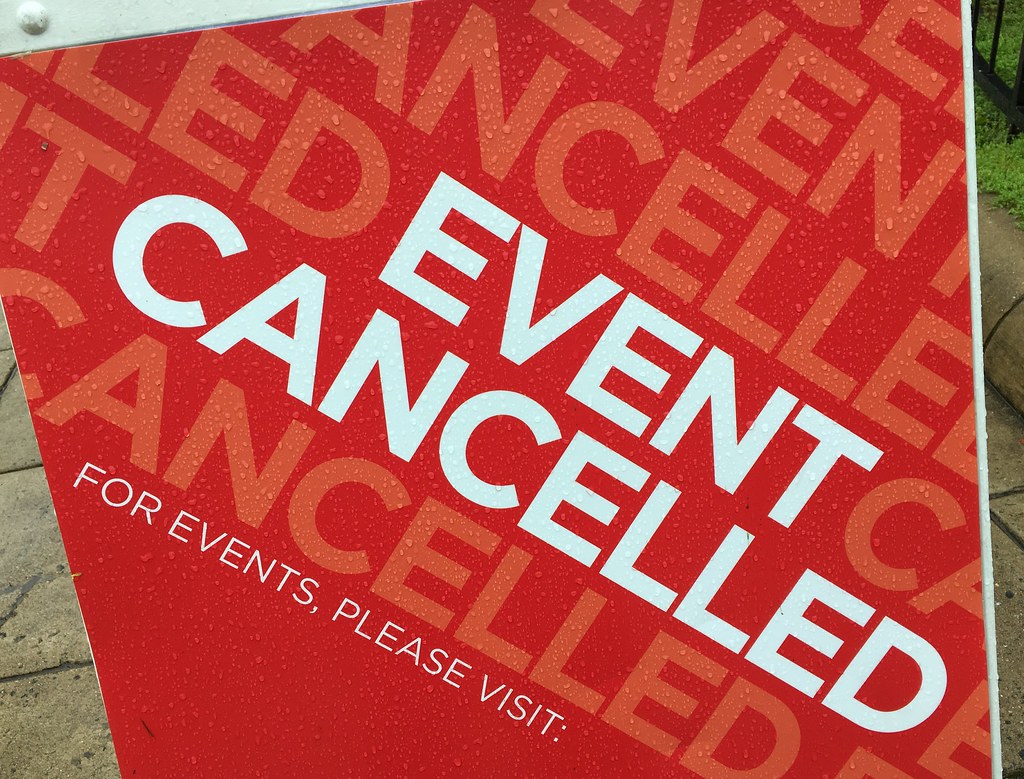Fundraising events – the coming crisis or potential boom?
We’re in the midst of a fundraising events ‘boom’. A collapse in other fundraising techniques and a rejection of ‘hard sell’ has led many organisations to turn 180 degrees and think about fundraising products that engage and attract people, rather than ones they have to talk them into.
But any boom comes with challenges, and event fundraisers are about to face theirs. The decline isn’t in the take-up of events – which, powered by social channels and a receptive audience, is growing and growing.
It’s in the returns.
And this is a familiar picture. The wider you spread your net, the further you get from your core audience. In particular, younger audiences haven’t grown up in a culture of giving. The traditional Macmillan Coffee Morning host has lived her life through a succession of fundraising events, weeks and drives, held at homes, churches and workplaces. The collection tin is always at hand and a worthy cause always ready to be found.
But for younger supporters, an event like a coffee morning, a breakfast, a run or a bake is more about being social, in the broadest sense of the word. It can be about demonstrating affinity with a cause, creating social capital or just an excuse to get together. Look how quickly Save the Children’s Christmas Jumper day went from being an owned fundraising event, to just being a moment in the annual calendar. It was quickly absorbed by a culture that was hungry for fun, sociability and daft jumper – but not that bothered about giving.
Secondly, of course, the proliferation of events has raised the stakes for fundraising, especially sponsorship. Once, almost a million women took part in Race for Life, raising sponsorship for running 5k. Now, 5k can feel like a bit of a joke when so many people in your friendship group are taking on half and full marathons, giving up booze for a month or shaving their heads.
So what does all this mean? There are two options, and both are exciting, but challenge the way things have been done for years.
One, let’s embrace the fact that millions of people are engaging with us, who would never have done so before. Treat events as your opportunity to give people a positive brand experience. Surprise them. Delight them.
Get them together. Bring them closer to your work. Show them how cool you are. In an era where permissions and consent are the hottest topics for many fundraisers, there’s a clear impetus to create experiences and products that make people come willingly to you, and want to keep coming back to you. The challenge is to let the fundraising take care of itself. Reframe the objectives, build in a different journey, take a longer view. Generate value before, during and after the event. Or just see events as a powerful tool for brand, engagement and fundraising.
Two – ignore all that, and make sure fundraising is absolutely at the heart of your event idea. Give people the tools they need. Integrate digital platforms and real-time reporting into the experience, as the BHF have just done with MyMarathon. Make sure fundraising can’t be forgotten or ignored. The challenge is to do that without compromising the experience – by tacking on the cause or reverting to hard-sell money-chasing techniques. But it does mean thinking carefully about the event format, experience and proposition upfront, and baking fundraising in from the beginning (if you’ll excuse the pun). And importantly, accepting that your event concept may only have a 2-3 year peak lifespan.
It’s a wonderful time to be working in events, their potential impact, influence and value has never been greater. We’re seeing the sector innovate and engage people like never before. But let’s not walk into a crisis in the knowledge that we need to adapt to meet the changing times.
Advertisement






